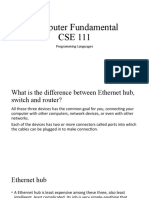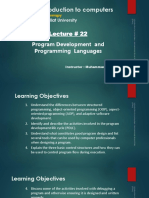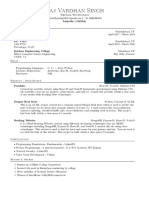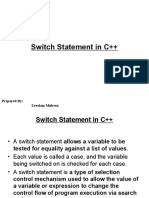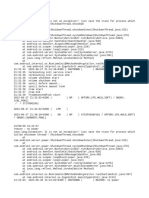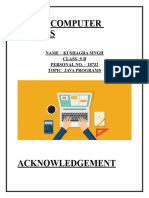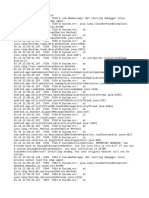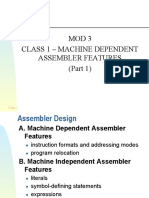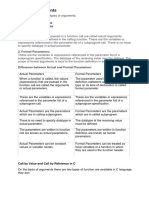0% found this document useful (0 votes)
18 views16 pagesCoding and Website Development
The document provides an overview of various programming languages, categorizing them into high-level and low-level languages, and discusses their purposes, benefits, and applications. It emphasizes the importance of understanding these languages for effective software development, highlighting principles like modularity, abstraction, and encapsulation. Additionally, it outlines the differences between high-level and low-level languages, focusing on their respective use cases and characteristics.
Uploaded by
Stefan Von MullerCopyright
© © All Rights Reserved
We take content rights seriously. If you suspect this is your content, claim it here.
Available Formats
Download as PDF, TXT or read online on Scribd
0% found this document useful (0 votes)
18 views16 pagesCoding and Website Development
The document provides an overview of various programming languages, categorizing them into high-level and low-level languages, and discusses their purposes, benefits, and applications. It emphasizes the importance of understanding these languages for effective software development, highlighting principles like modularity, abstraction, and encapsulation. Additionally, it outlines the differences between high-level and low-level languages, focusing on their respective use cases and characteristics.
Uploaded by
Stefan Von MullerCopyright
© © All Rights Reserved
We take content rights seriously. If you suspect this is your content, claim it here.
Available Formats
Download as PDF, TXT or read online on Scribd
/ 16











